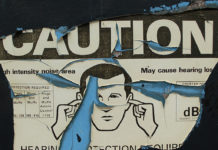Drinking occasionally is a great way to be social and unwind after a long day. Most people can handle a drink or two and get on with the rest of their night functioning normally. When a healthy person has a drink, they can exercise great self-control and say no to overindulging. However, not everyone is disciplined when exposed to alcohol.
When someone who suffers from being an alcoholic takes a swig of a drink, this typically spirals out of control and ends in a night of forgetfulness and often blacking out. They say in alcoholism that “one is too many, and a thousand is never enough.” This statement bleeds true in any form of addiction as well, and alcoholics often meet the worst of their disease one way or another.
Alcoholic Nose
While alcoholics typically develop various personality issues due to their addiction, health issues plague the lifestyle of continually battering the body with alcohol. Many problems arise internally, but external changes such as those in physical appearance are also prevalent. Some heavy drinkers might experience changing skin colors due to liver damage, while others might experience swelling or extreme redness.
One effect of alcoholism is called “alcoholic nose,” which also goes by the drinker’s nose, brandy nose, and bulbous nose. Medically, it has gained the name rhinophyma, which describes the nose’s skin condition becoming red or purple with a bumpy appearance. This change in appearance is one indicator of an alcoholic, as this happens due to overindulging in these drinks.
Rhinophyma
Rhinophyma falls under the same family of the skin condition known as rosacea. Rosacea appears as chronically inflamed skin, which is the source of the pustules and redness of having the alcoholic nose symptom. Other similar rosacea indicators are red patches on facial skin, swollen facial features, visible blood vessels, burning hot sensations in the skin, and even burning in the eyes.
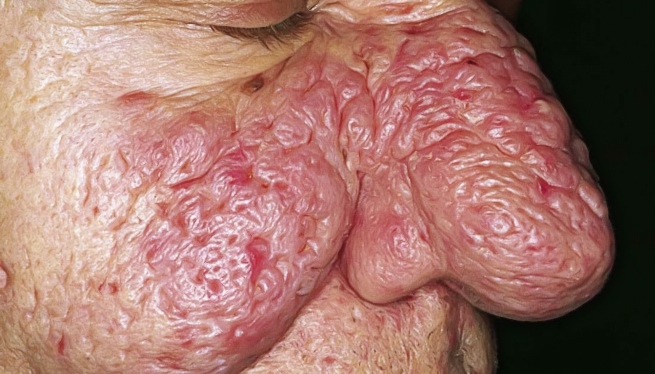
Rosacea is typically a less severe condition than having rhinophyma, in which the latter takes years to form. However, as time goes by, rosacea symptoms often surface in alcoholics, which can indicate that rhinophyma is starting to materialize.
Rhinophyma has more severe symptoms compared to its familial counterpart. The nose often develops a purple or red color, loses its shape due to bulbous growth, and has enlarged pores. Skin additionally develops pitting, scars, and has a waxy or rigid appearance. Around and on the nose, skin can be excessively oily or dry and appear to have inflamed bumps with explicitly noticeable blood vessels.
Rhinophyma Treatment
Fortunately, some medications can help prevent rhinophyma, and deploying these the moment less severe symptoms of rosacea appear can help in its treatment. Making lifestyle shifts and getting a proper diagnosis for early signs of rosacea can prevent having to spend heavily on treating rhinophyma.
If rhinophyma has already developed, some medications can reduce inflammation and help treat the condition. A mix of oral medicines and topical antibiotic creams can be prescribed to treat this. It is also recommended to stay away from triggers that can agitate the condition. Common triggers that can aggravate rhinophyma are exposure to the sun, hot showers, wind, stress, and of course: drinking alcoholic beverages. Additionally, diet changes have to be made, such as removing spicy foods, dairy products, and excessive caffeine use.
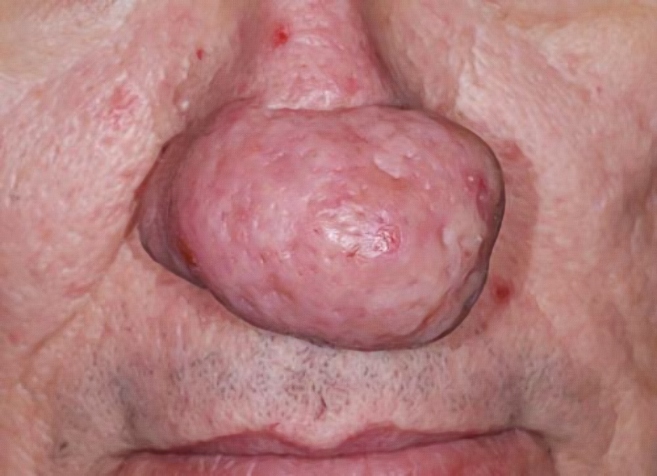
It does not make sense to continue treating rhinophyma if the patient decides to continue consuming alcoholic drinks regularly. Always aggravating the condition might warrant the need for surgery, which can be costly.
Rosacea and Alcohol Use
Many believe that alcohol abuse does not cause rhinophyma or rosacea. In fact, rhinophyma got its nickname of “alcoholic nose” due to the belief that chronic alcoholism developed this condition. While alcoholism may not directly relate to the development of this skin condition, it can definitely worsen the symptoms. Alcohol is known to be a vasodilator, which means consuming it enlarges blood vessels, causing the skin to flush as a result. When flows make their way to facial skin, any existing facial skin conditions can flare up and eventually become much worse.
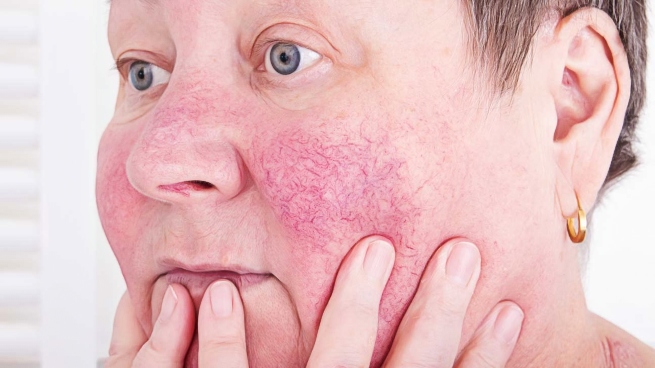
However, some studies have shown that those who drank alcohol more often were at higher risk of developing rosacea, mostly when consuming hard liquor. While other studies have shown only a slight chance of developing rosacea, alcohol still boosted the possibilities over those who did not indulge in these beverages.
Alcohol Allergy
Alcohol allergies in severe forms are rare but can be fatal for those who do have them. Some allergies to these drinks are often confused with less severe alcohol intolerances. While those with an intolerance to these drinks might get itchy or red, those who are genuinely allergic might need to rush to the hospital because of closed-up airways. Alcoholic beverages have specific ingredients that can cause harsh allergic reactions in some people. Some of these allergens are wheat, rye, hops, yeast, grapes, and barley.
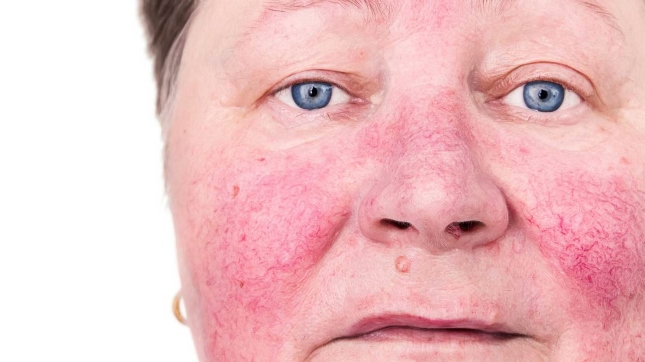
The symptoms of an allergic reaction are similar to those caused by other allergens, with common ones being itchiness of some facial features, followed by a breakout of hives causing itchiness and swelling of the face and throat. Those with deadly reactions can have their airways close shut, causing wheezing and congestion. With asphyxiation occurring, dizziness and loss of consciousness can follow, which may even result in death if not treated with urgency.
It is known that alcohol allergies can develop at any point in life. Whether someone has been drinking for decades or has recently picked up their first drink after some time, potential allergies can happen at any time.
High-Functioning Alcoholics
Being an alcoholic is part of addiction, and the term high-functioning alcoholic is typically not applicable after some time. The nature of alcoholism is brutal, and it eventually catches up to a person’s life. A high-functioning alcoholic typically has the symptoms of an alcoholic in terms of substance use but can still maintain aspects of their personal and work lives. These people might indulge in more than two drinks each day after work and then still function normally. Some may even stay clean the whole week and binge drink each weekend as a way to blow off steam and stress.
However, things change when they hit “rock bottom,” and the brain’s reward system is altered, which causes extreme cravings and other personality changes. Since alcoholism is a chronic disease, even those who have a grip on their lives can lose all of it. Being an alcoholic damages personal and working life, but it can eat up a person’s health, leading to illnesses and even death.
Conclusion
Alcoholic nose is a condition that has been known for decades to be caused by excessive drinking. While many factors play into how a person develops it, binge drinking is definitely a contributing factor due to the aggravating nature of alcohol to blood vessels. Making lifestyle changes and cutting out alcohol can save a person from developing a wide range of health issues that can be potentially fatal.
Sources












